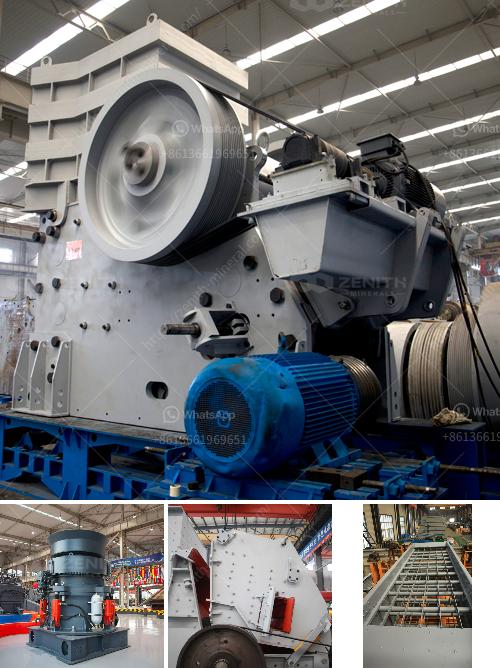Building a coal handling plant involves several critical steps and considerations to ensure efficient and safe operations. Below is a detailed guide on how to build a coal handling plant:
1. Site Selection and Preparation
- Location: Choose a site that is close to the coal source and has good transportation links (rail, road, or waterway) for easy coal delivery and distribution.
- Land Preparation: Clear the land, level it, and ensure it has proper drainage to prevent waterlogging.
2. Design and Planning
- Capacity Planning: Determine the capacity of the plant based on the expected coal demand and supply.
- Layout Design: Design the layout of the plant, including the placement of key components such as conveyors, crushers, screens, storage yards, and loading/unloading areas.
- Environmental Considerations: Plan for dust suppression systems, water management, and waste disposal to minimize environmental impact.
3. Key Components and Equipment
- Conveyors: Install conveyor belts to transport coal from the unloading area to the storage yard and from the storage yard to the processing area.
- Crushers: Use crushers to reduce the size of the coal to the required specifications.
- Screens: Install screening equipment to separate coal by size and remove impurities.
- Storage Yards: Design storage yards with proper stacking and reclaiming systems to manage coal inventory.
- Loading/Unloading Systems: Set up systems for efficient loading and unloading of coal from trucks, trains, or ships.
4. Construction
- Foundation Work: Lay strong foundations for heavy equipment and structures.
- Structural Work: Erect steel structures for conveyors, crushers, screens, and other equipment.
- Electrical and Control Systems: Install electrical systems and control panels to operate and monitor the plant.
5. Safety Measures
- Fire Protection: Implement fire protection systems, including fire extinguishers, sprinklers, and fire hydrants.
- Dust Control: Use dust suppression systems such as water sprays and dust collectors to minimize airborne coal dust.
- Worker Safety: Provide personal protective equipment (PPE) and safety training for workers.
6. Commissioning and Testing
- Equipment Testing: Test all equipment to ensure it operates correctly and safely.
- System Integration: Integrate all systems and ensure they work together seamlessly.
- Trial Runs: Conduct trial runs to identify and fix any issues before full-scale operations begin.
7. Operations and Maintenance
- Standard Operating Procedures (SOPs): Develop SOPs for all operations, including coal handling, equipment maintenance, and emergency response.
- Regular Maintenance: Schedule regular maintenance to keep equipment in good working condition and prevent breakdowns.
- Monitoring and Reporting: Implement monitoring systems to track plant performance and generate regular reports for management.
8. Environmental and Regulatory Compliance
- Permits and Approvals: Obtain all necessary permits and approvals from regulatory authorities.
- Environmental Monitoring: Continuously monitor environmental parameters such as air quality, water quality, and noise levels to ensure compliance with regulations.
9. Training and Development
- Staff Training: Provide comprehensive training for staff on plant operations, safety procedures, and emergency response.
- Continuous Improvement: Encourage continuous improvement through regular training updates and performance reviews.
By following these steps, you can build a coal handling plant that is efficient, safe, and environmentally compliant.

